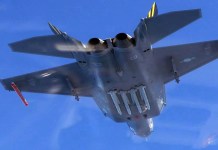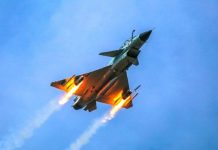China, which is one of the three countries that have an operational stealth fighter jet, now seems to be gearing up for a sixth-generation warplane to counter its arch-rival — The United States of America.
Spain Rejects F-35 Stealth Jets; Focus Shifts On Eurofighter Typhoon, Next-Gen Future Combat Aircraft Program
A promotional video titled ‘Above the Sky’, released by China’s PLA Air Force (PLAAF), has sparked curiosity among military observers, according to the Global Times. It shows a model with a tailless aerodynamic design, which looks like a concept for an advanced warplane.
The video poignantly depicts a scale model of the aircraft being put in a delivery service box by the daughter of a PLA Air Force pilot as a gift for her father, who is away from home for some mission.

The aircraft model has no tails or vertical stabilizers and the primary wings appear to be incorporated into the back section of the fuselage, giving the aircraft a blended wing body shape, similar to that of a flying wing.
Some Chinese military analysts also speculated that the aircraft model could be the long-rumored H-20 stealth bomber. It is worth mentioning that several designs proposed by American aerospace companies for US’ Next-Generation Air Dominance (NGAD) show similar tailless features.
China’s Sixth-Gen Aircraft?
The EurAsian Times recently reported on the sighting of a very odd airframe at Chengdu Aircraft Corporation’s airfield. The mysterious aircraft first emerged earlier this year, adjacent to a stand-alone facility on the airfield’s northeastern edge.
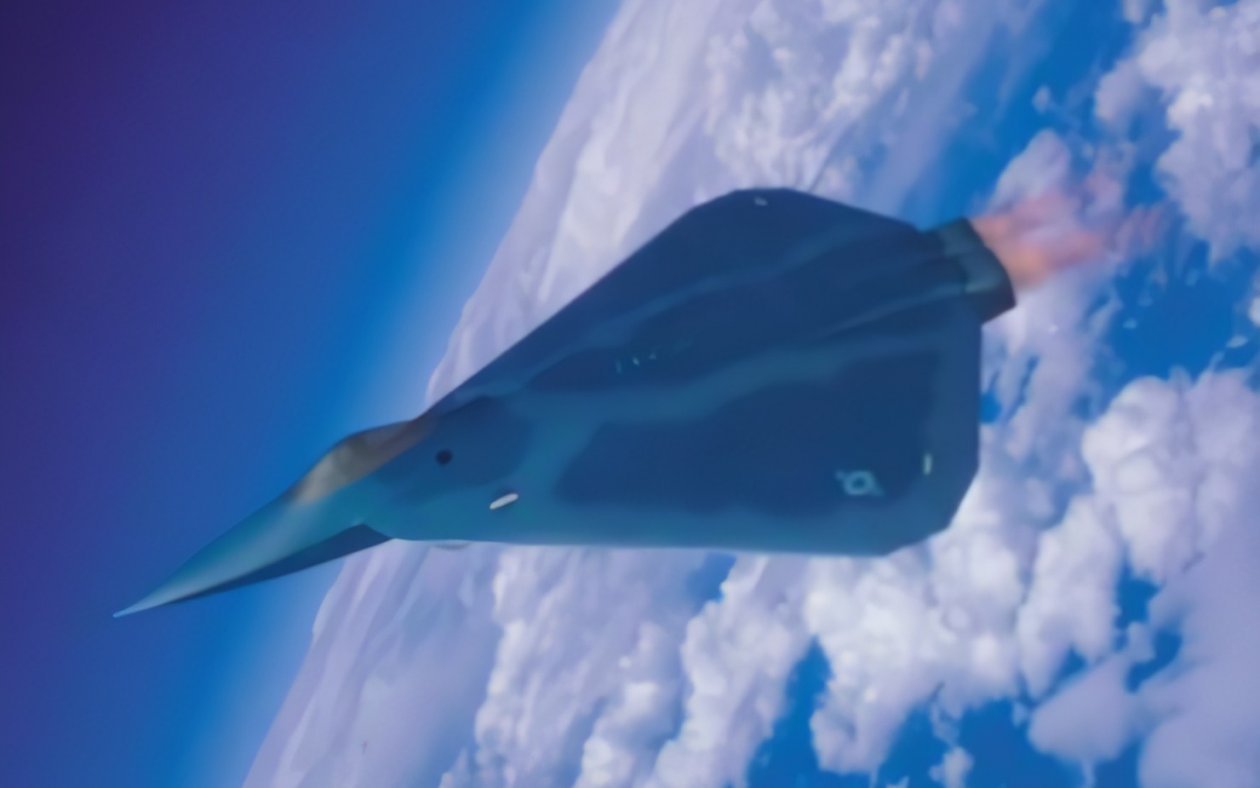
The hangar was first observed in 2019, but it was part of a broader effort to expand and improve the airfield’s northeastern section, as well as restructure its flight line.
The aircraft looks like a huge customized diamond-shaped delta planform with a slender nose portion. The fact that it is plainly a tailless design is the most intriguing feature. The primary benefit of a tailless design is that it could significantly increase low-observability against a wider number of radar types operating across a wide frequency range.
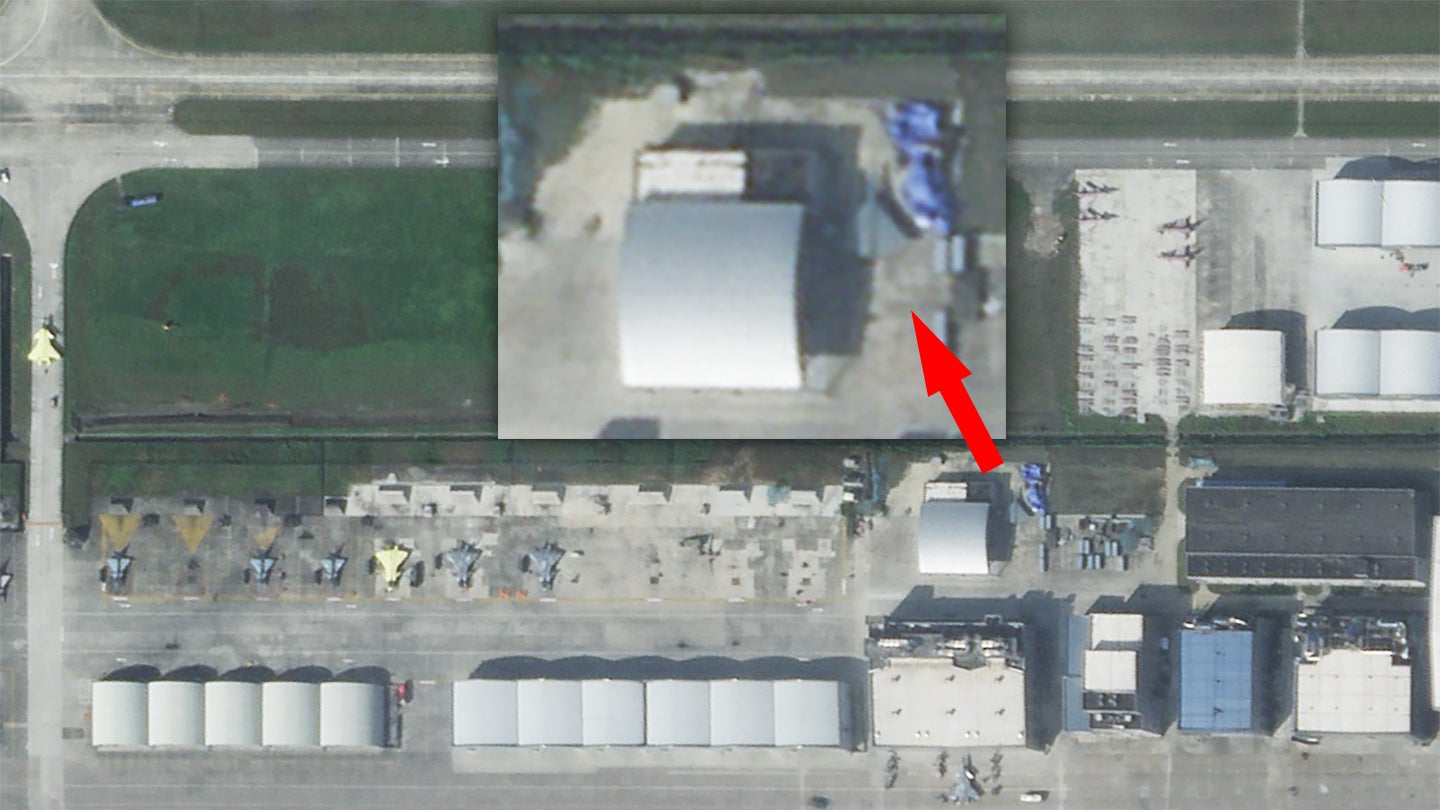
It also improves a stealthy aircraft’s radar signature reduction from the side and rear perspectives. A huge modified delta wing can carry a lot of gas and has enough room for a massive internal weapons bay.
However, a major disadvantage is that without vertical tails, achieving stability is much more difficult, and mobility is hindered. However, this might be mitigated to some extent using thrust vectoring.
Chengdu Aircraft Industry Group, the maker of J-20 Mighty Dragon, is said to be involved in the development of a sixth-generation fighter jet. Another Chinese company, Shenyang Aircraft Corporation, is more focused on improving indigenous derivatives of Soviet designs.
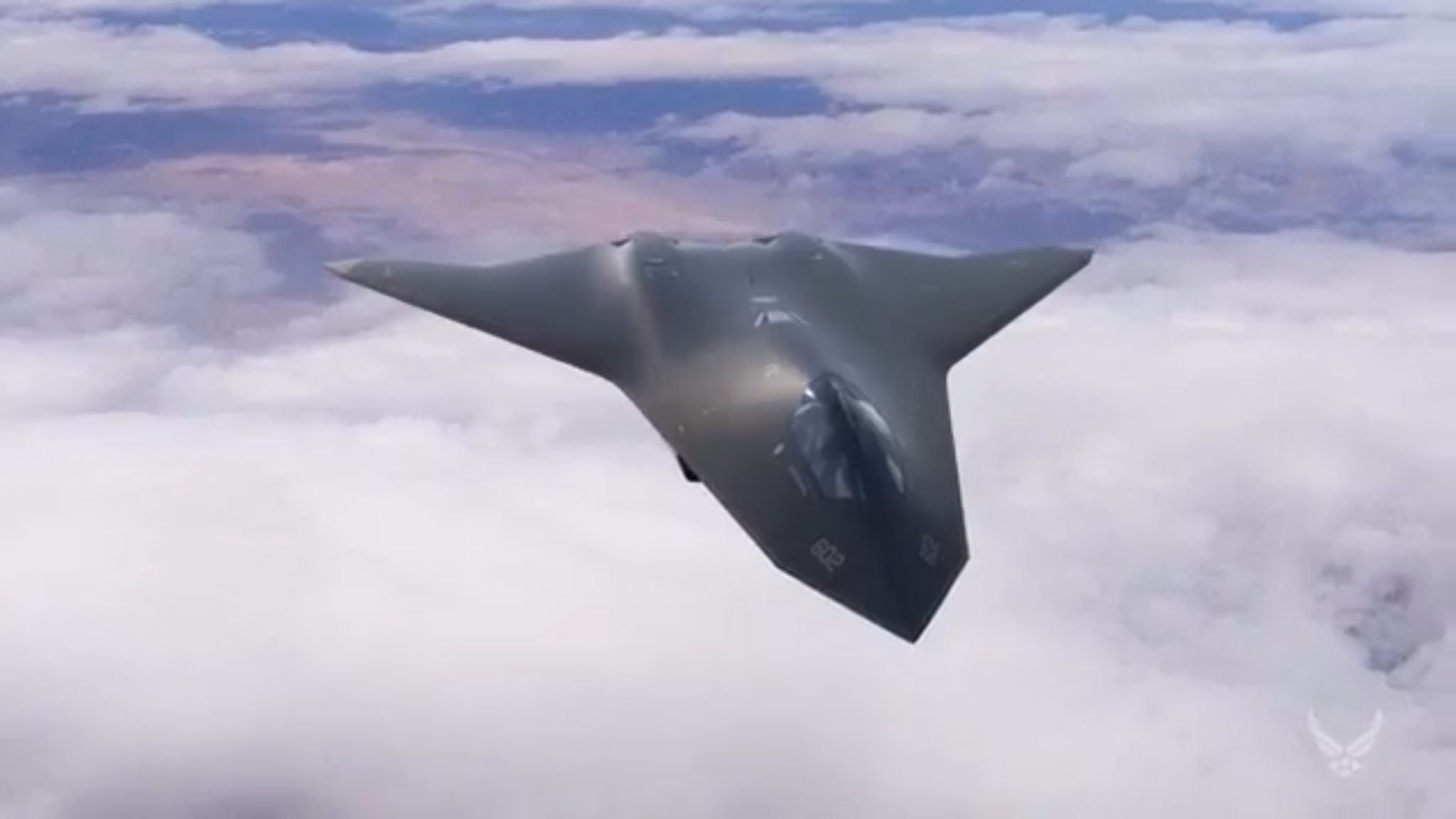
According to Wang Haifeng, a chief architect at Chengdu Aircraft Research and Design Institute, “new technology such as lasers, adaptive engines, hypersonic missiles, and swarm warfare could be included in the new aircraft”. China would select some of these capabilities and add others that better suit China’s needs, he added.
According to other experts, the design looks quite similar to the unmanned X-44 Manta concept that never saw light. The airframe’s wingspan appears to be similar in size to that of a J-20. However, the large size of the airframe isn’t the most captivating aspect of it. What is, in fact, most intriguing is the tailless design.
1) X-44A MANTA (Multi-Axis No-Tail Aircraft) concept first disclosed in 1999 with goal to fly in 2007. a cooperative effort by NASA Dryden Flight Research Center, Lockheed Martin, Pratt & Whitney and USAF Research Laboratory. The concept would utilize a standard F-22A fuselage pic.twitter.com/0l4gQKTKQG
— Chris Bolton (@CcibChris) August 8, 2020
Is It A Stealth Bomber?
PLAAF posted a video earlier this year that may have contained “teaser” footage of the Xian H-20 stealth bomber, which has yet to be formally disclosed.
A few photos or even specifications have appeared in the public domain. The shape and dimensions of the aircraft are identical to those seen in a promotional video released to state media in January, according to the South China Morning Post.
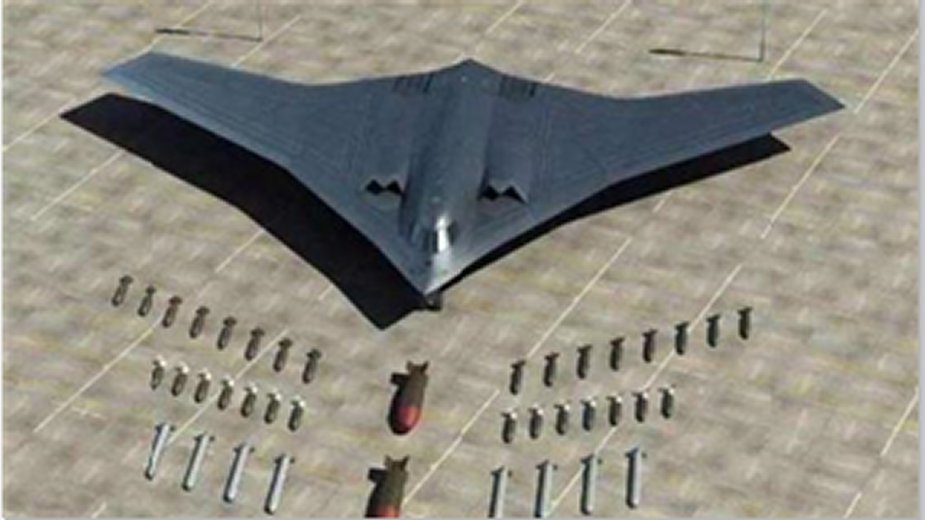
Reports suggest the H-20 may be configured with conventional or nuclear missiles. It is likely to have a takeoff weight of at least 200 tonnes and a payload of up to 45 tonnes.
The aircraft may fly at subsonic speeds and be outfitted with up to four hypersonic stealth cruise missiles. The H-20, which may be operational by the end of the decade, would undoubtedly bring the second island chain within its targeted reach.
It was also reported that China was performing final tests of its mysterious Xian H-20 tactical stealth bomber at its Hotan airstrip, near eastern Ladakh. The H-20 bomber has been kept a closely guarded secret by China.
The first claims that China was working on a strategic bomber surfaced in 2016. And its production is speculated to begin in the mid-2020s.
For years, the Xian Aircraft Industrial Corporation in central China has been working on the H-20. Many of the PLA’s heavy aircraft are built by Xian, including the H-6 conventional bombers and Y-20 airlifters.
However, the H-20’s oblique perspectives revealed a great deal about its design. The H-20 is clearly a huge flying wing in the same class as that of the American B-2 and B-21 stealth bombers.
Despite all the hoopla, a Chinese military expert speaking behind the curtains told the Global Times that the model could be simply a prop and may not indicate any real aircraft in development.
- Contact the author at ashishmichel@gmail.com
- Follow EurAsian Times on Google News


